The Dirty Skirts release new EP ‘Radiant Clouds’
During lockdown 2021, The Dirty Skirts collaborated remotely for the first time. They instantly rediscovered the creative chemistry that inspired the four albums they released between 2005 and 2012. The band recently won a grant from SAMRO’s Music Creation Support Fund to partially fund a recording. They decided to release the new work in a series of EPs. The first of which is “Radiant Clouds” due for release in May 2023.
The themes of the album describe a pivotal time of increased polarisation, social inequity, climate change, AI, and TikTok, from the perspective of our ordinary day to day lives.
The band’s iconic indie rock sound was built on urgent, emotive vocals, searing riff-based guitars, syncopated fuzzy basslines, and a playful combination of electronic and acoustic beats. The Dirty Skirts continue as their original line up – Jeremy de Tolly on vocals and guitar, David Moffatt on guitar, Maurice Paliaga on bass, and Mark De Menezes on drums.
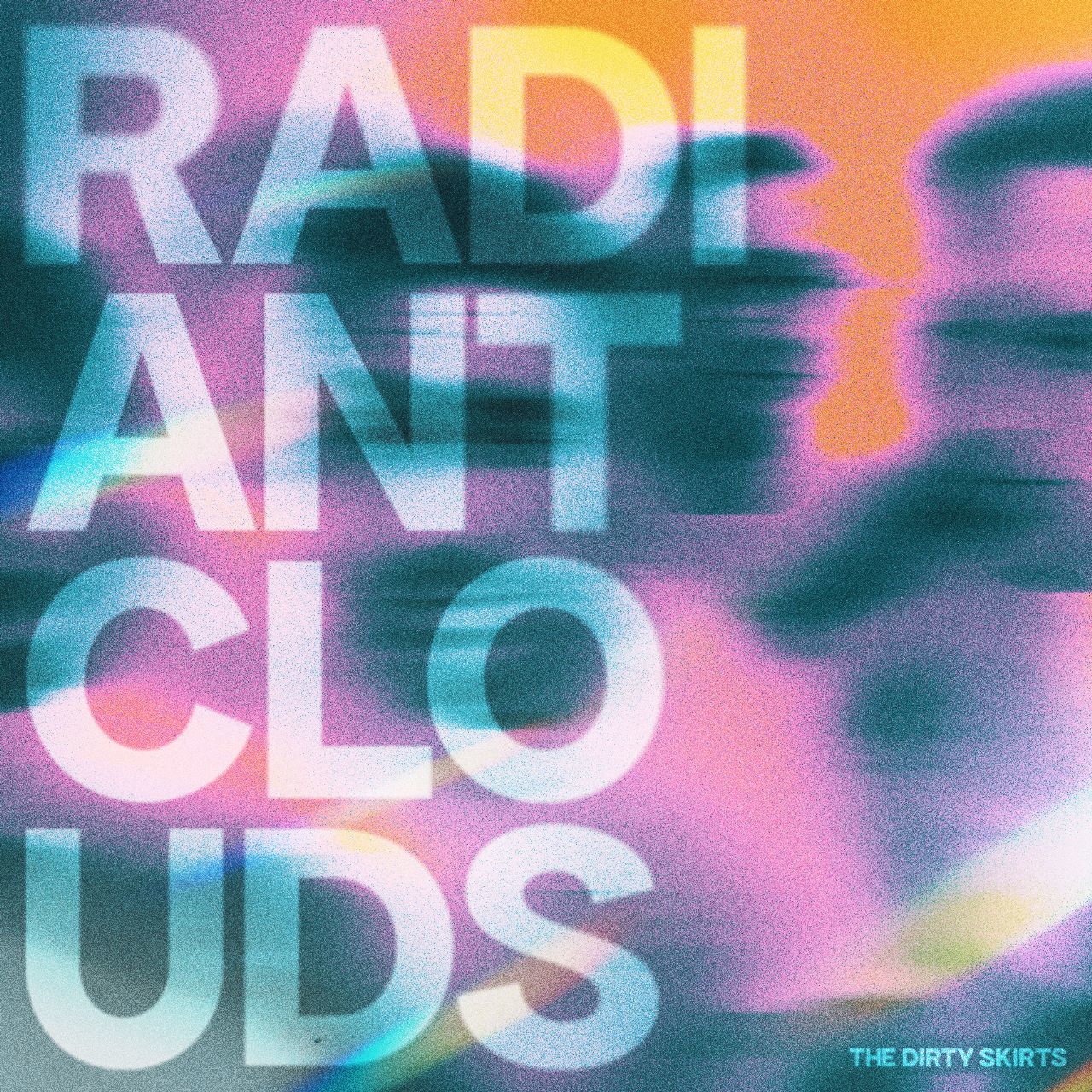
The Dirty Skirt’s career highlights include being nominated for the Best Rock Album (SAMA) for their album ‘Daddy Don’t Disco’ and winning the Best Alternative Album (SAMA) for their album ‘Lost in the Fall’. They were first an independent act, then signed to labels Sony Music and Sheer. The band shared stages with notable international artists including Oasis, Snow Patrol, Evanescence, Three Doors Down, Billy Talent and Staind. They toured the UK and USA, including playing the SXSW festival in Texas. The Dirty Skirts headlined main stages at many South African festivals including Oppikoppi, Rocking the Daisies, Ramfest, Up the Creek, Splashy Fen, The Coca-Cola Festival, Kirstenbosch Summer Concerts and Seeding the Daisies.
The Dirty Skirts will bring their high-octane live performances to South Africa in 2023.
STREAM ‘RADIANT CLOUDS’ HERE
Press release courtesy of Plug Music Agency


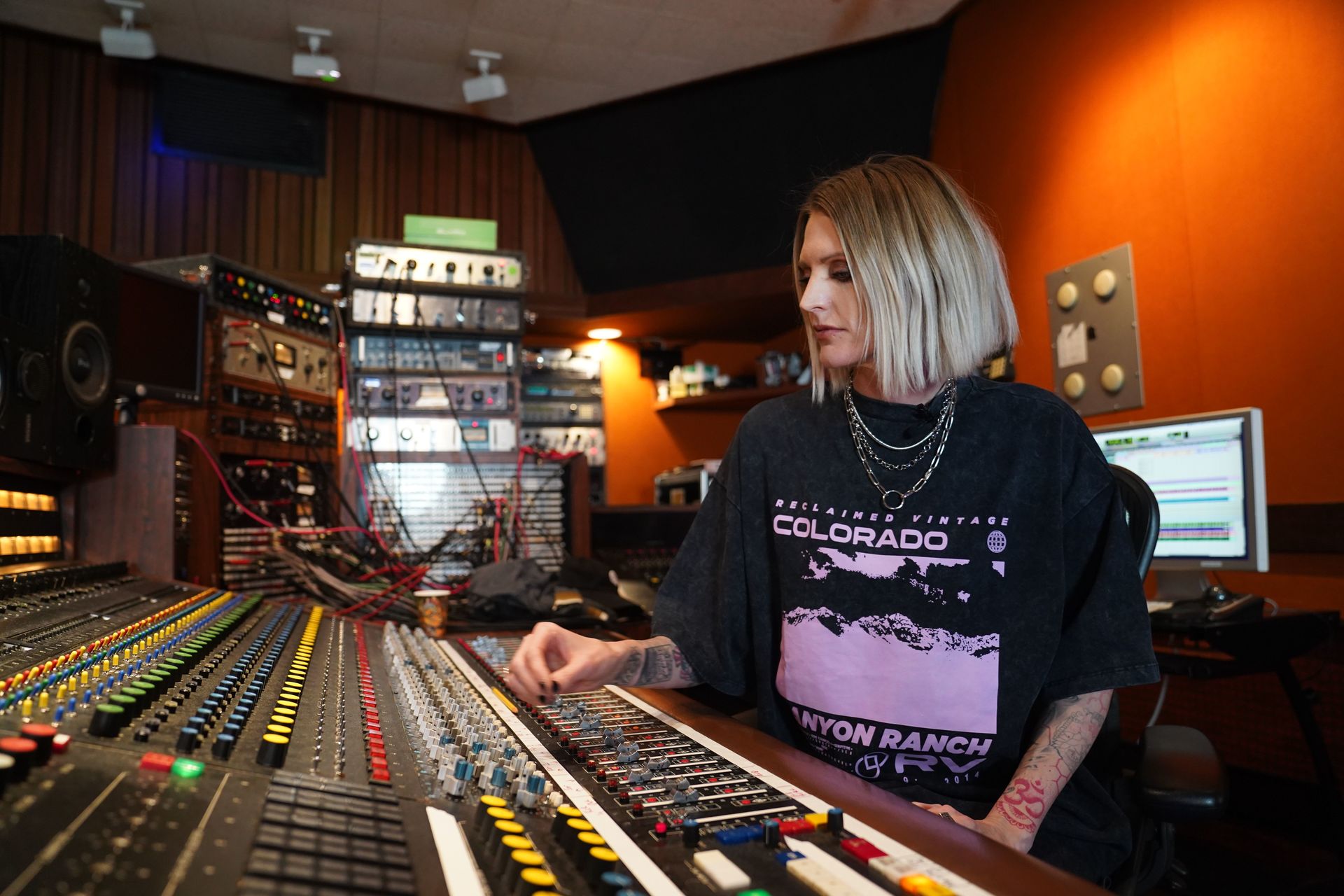
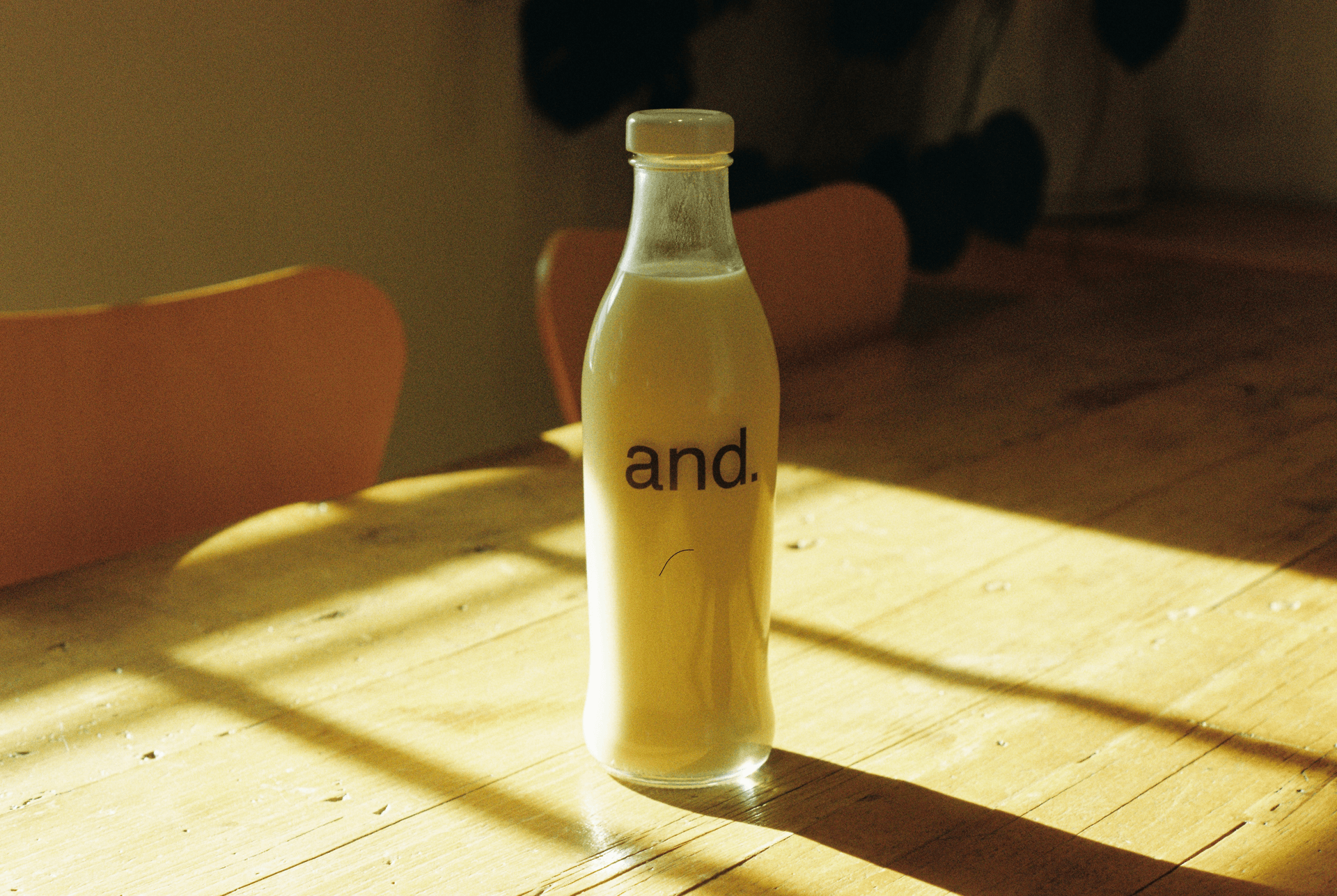

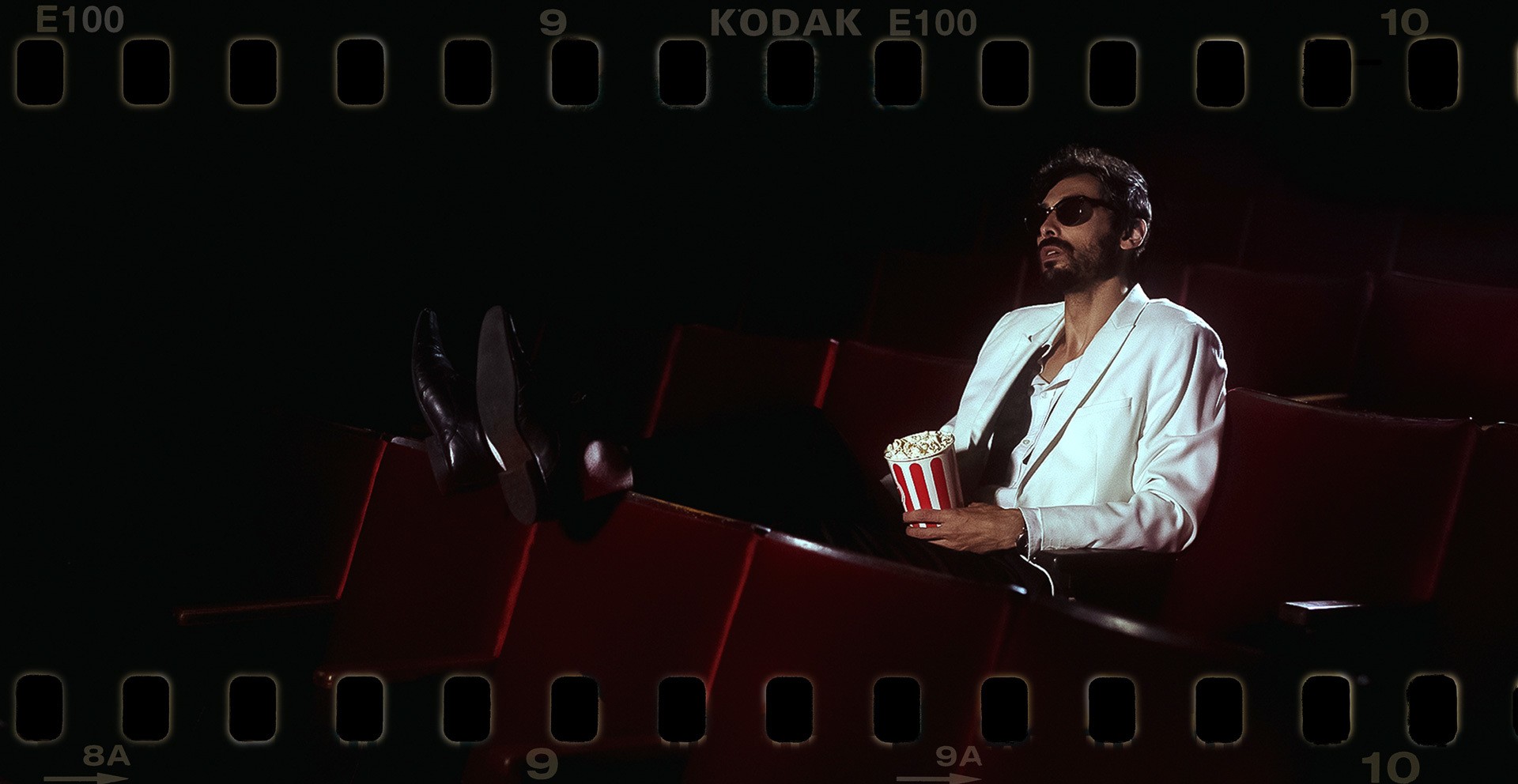
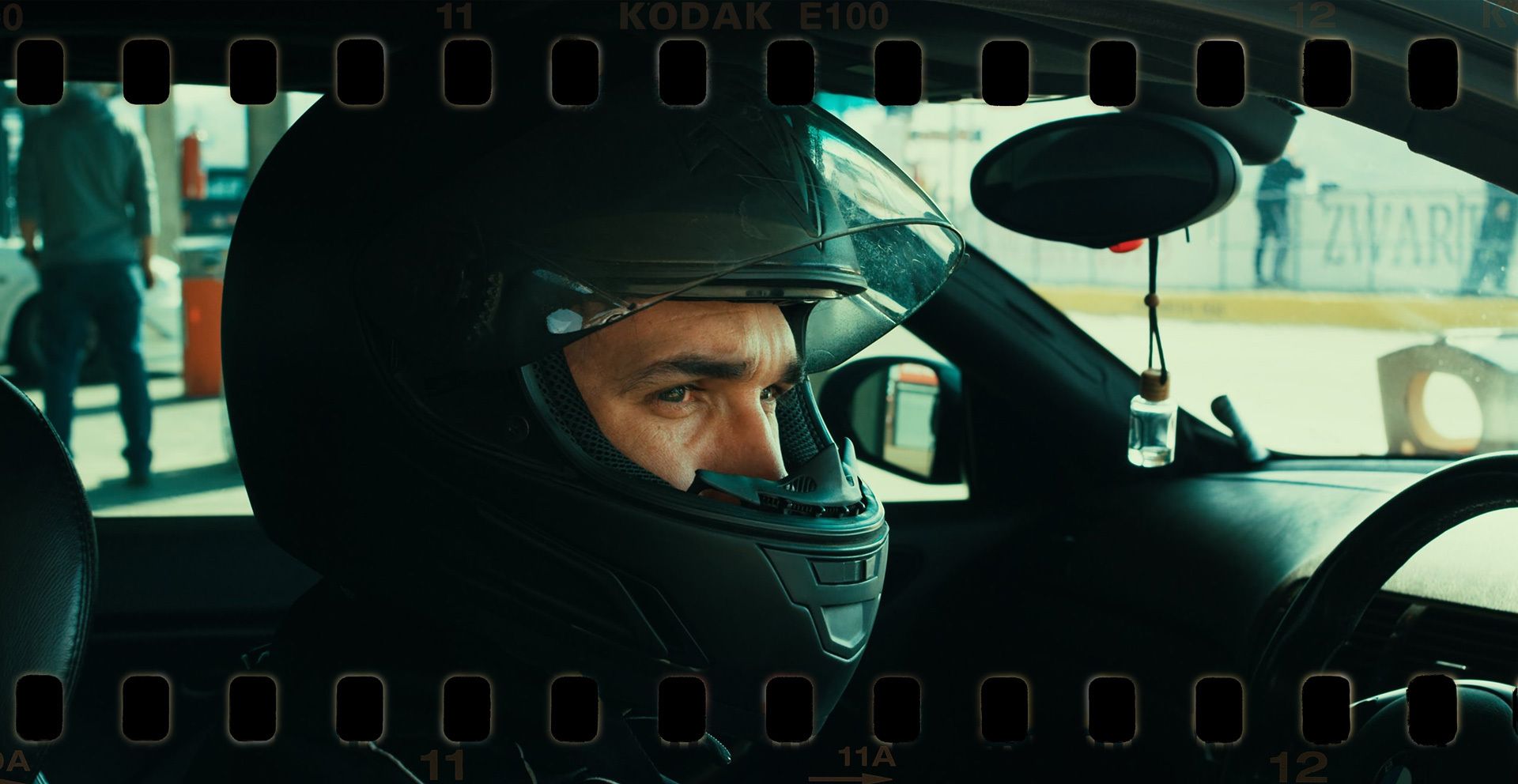
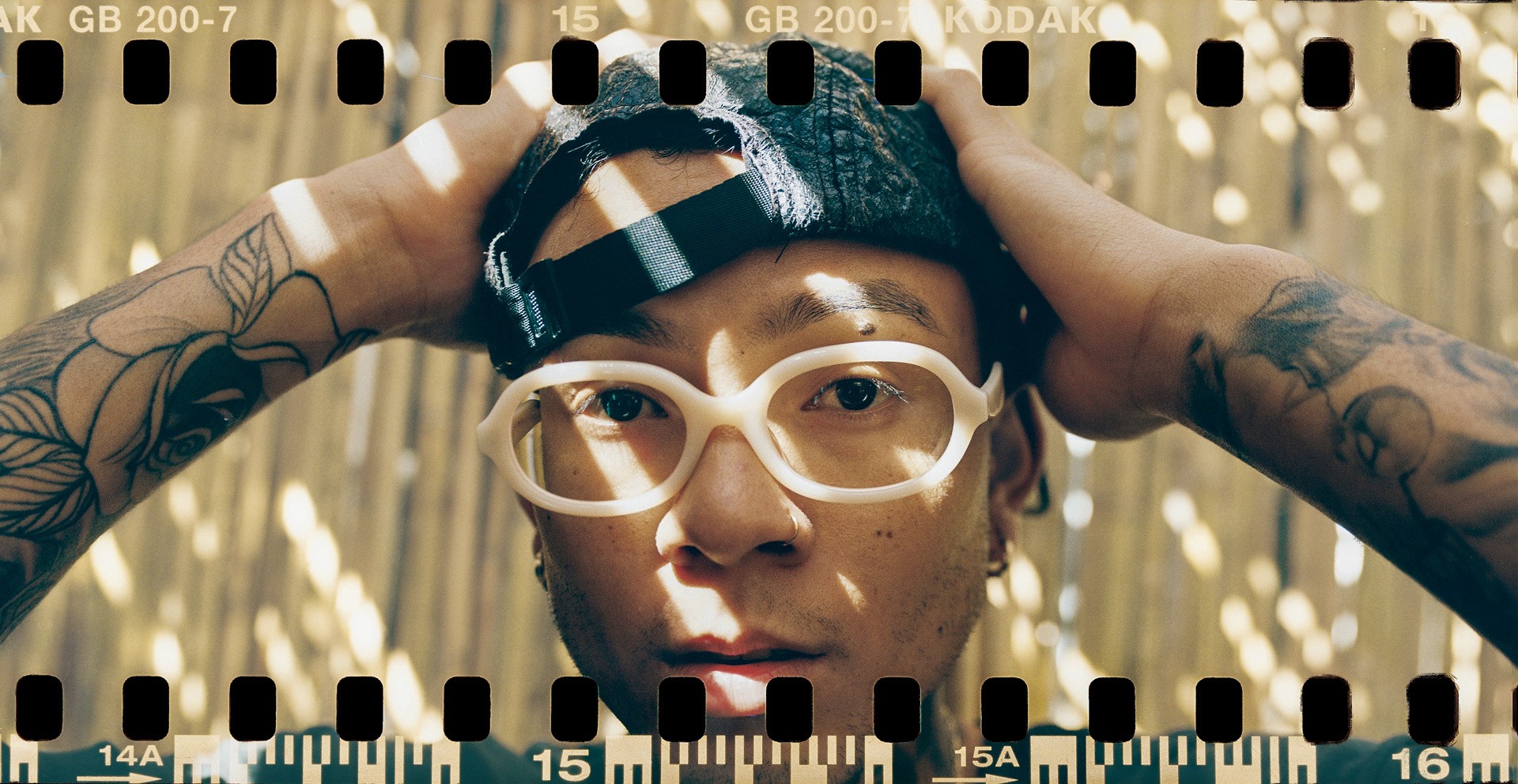



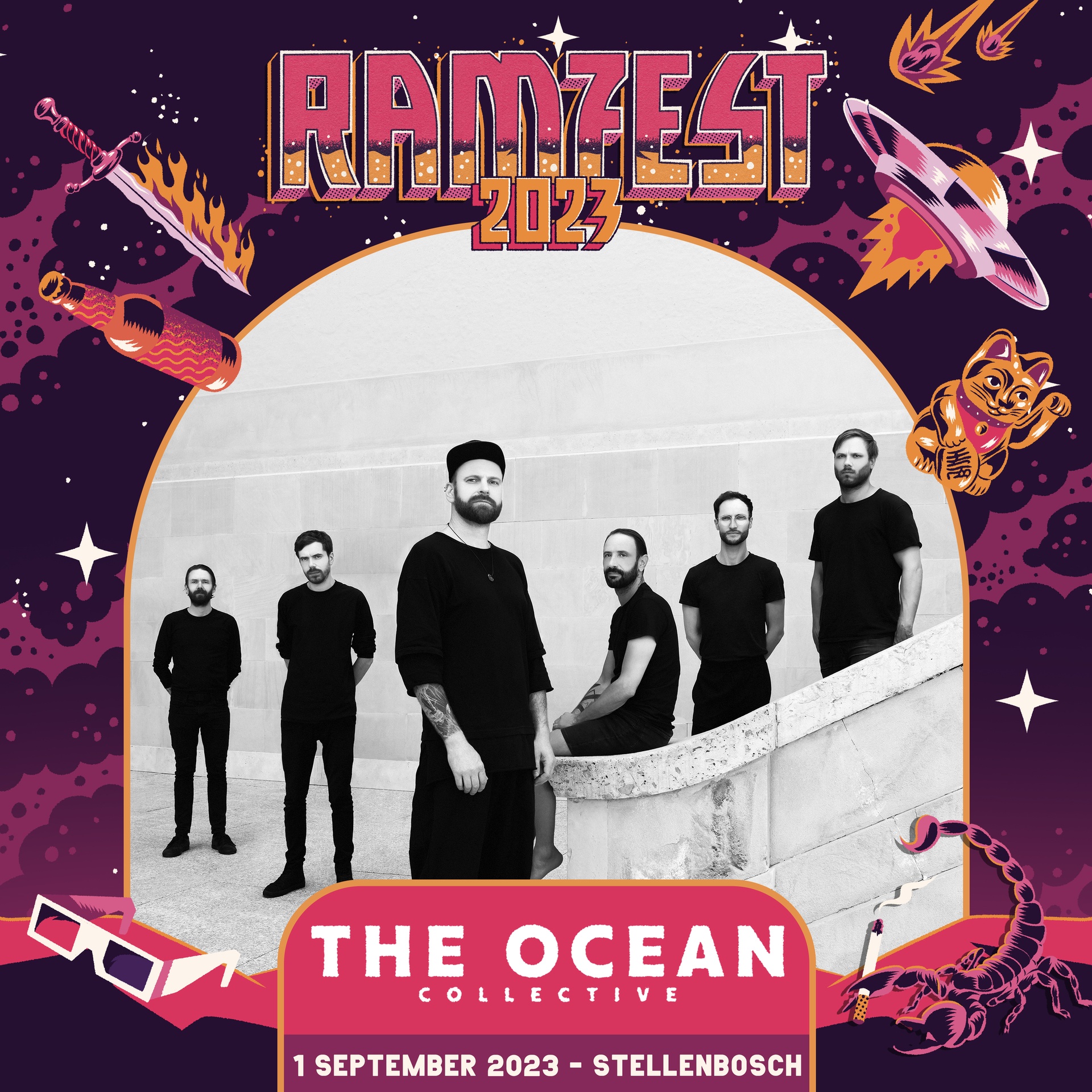

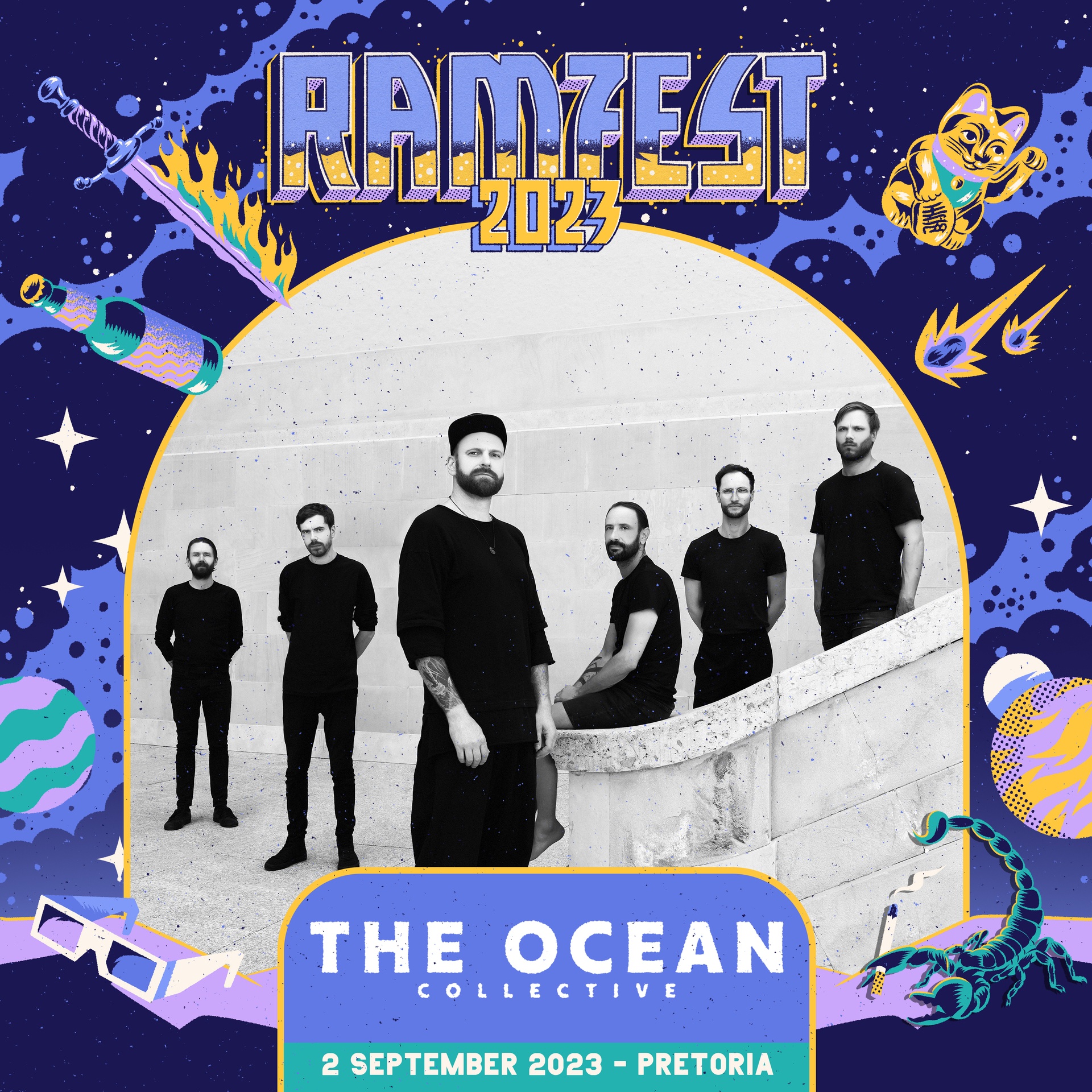

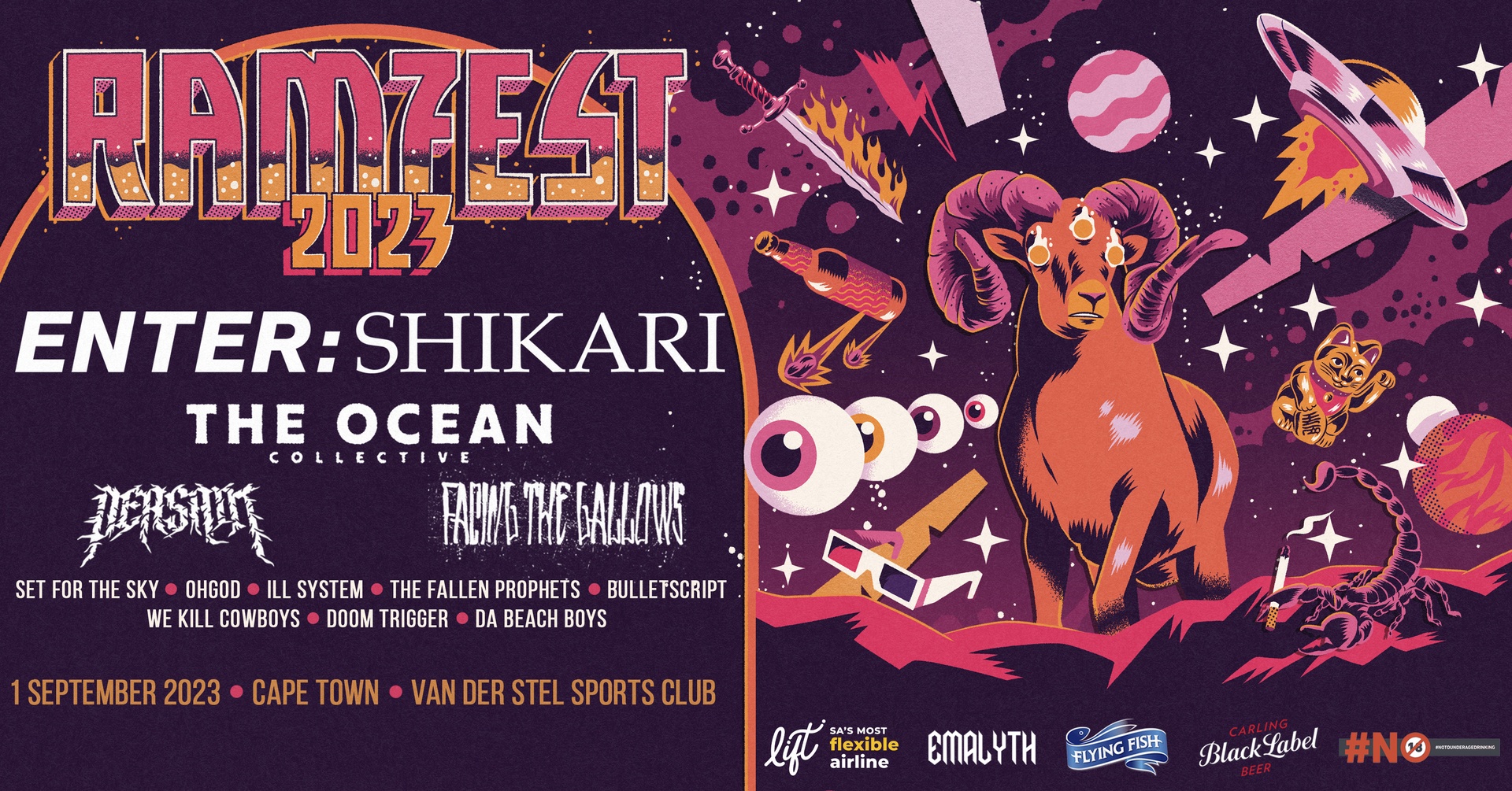
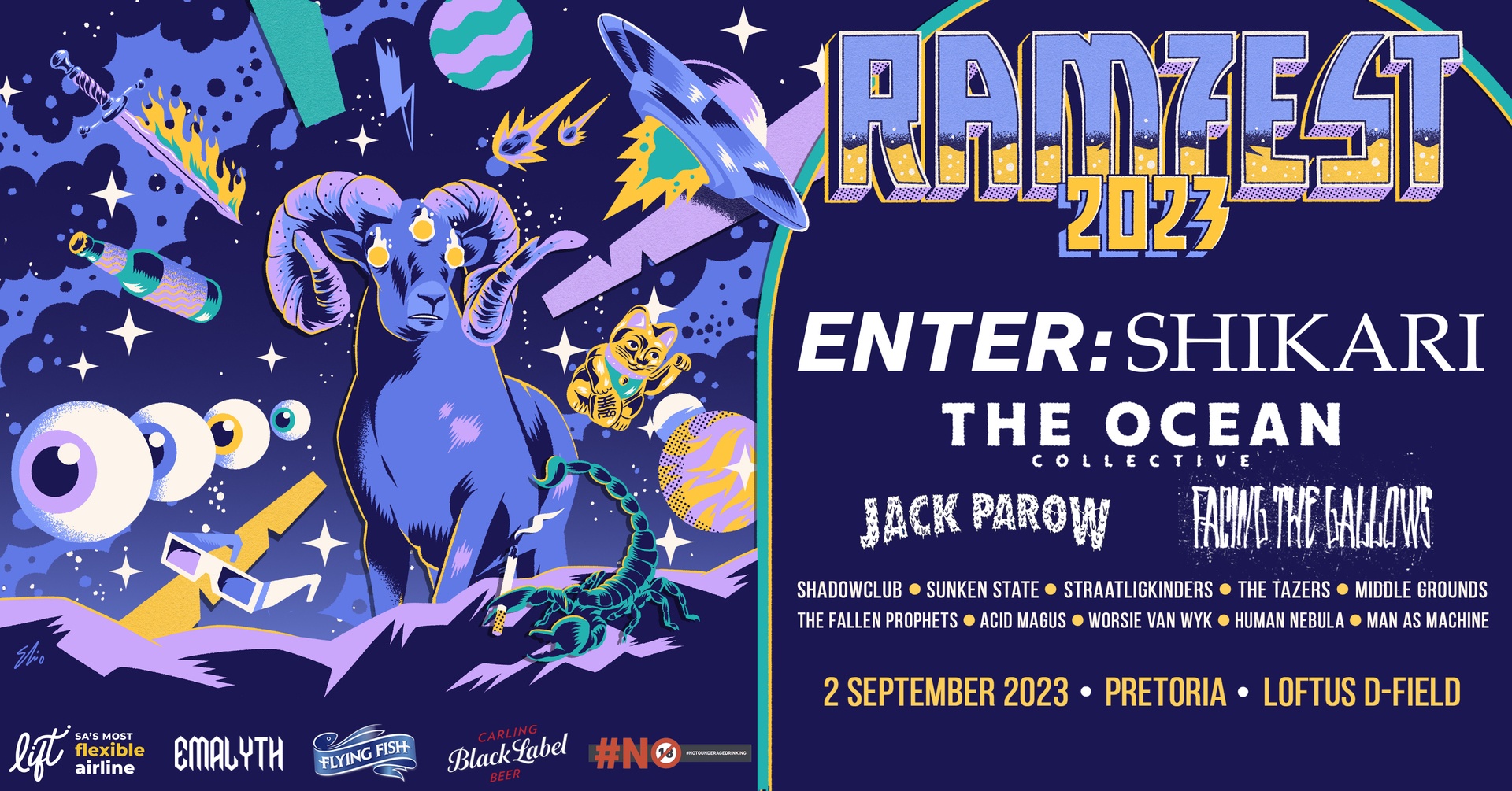

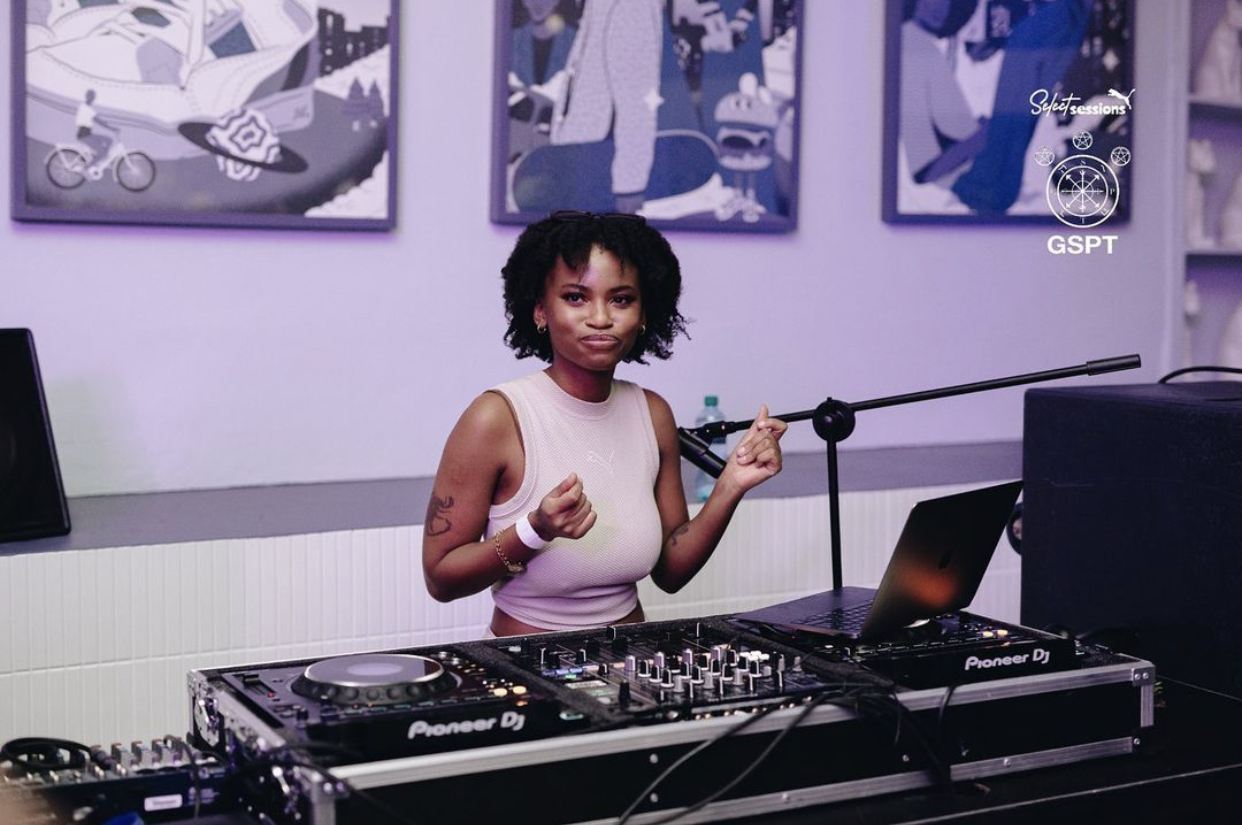
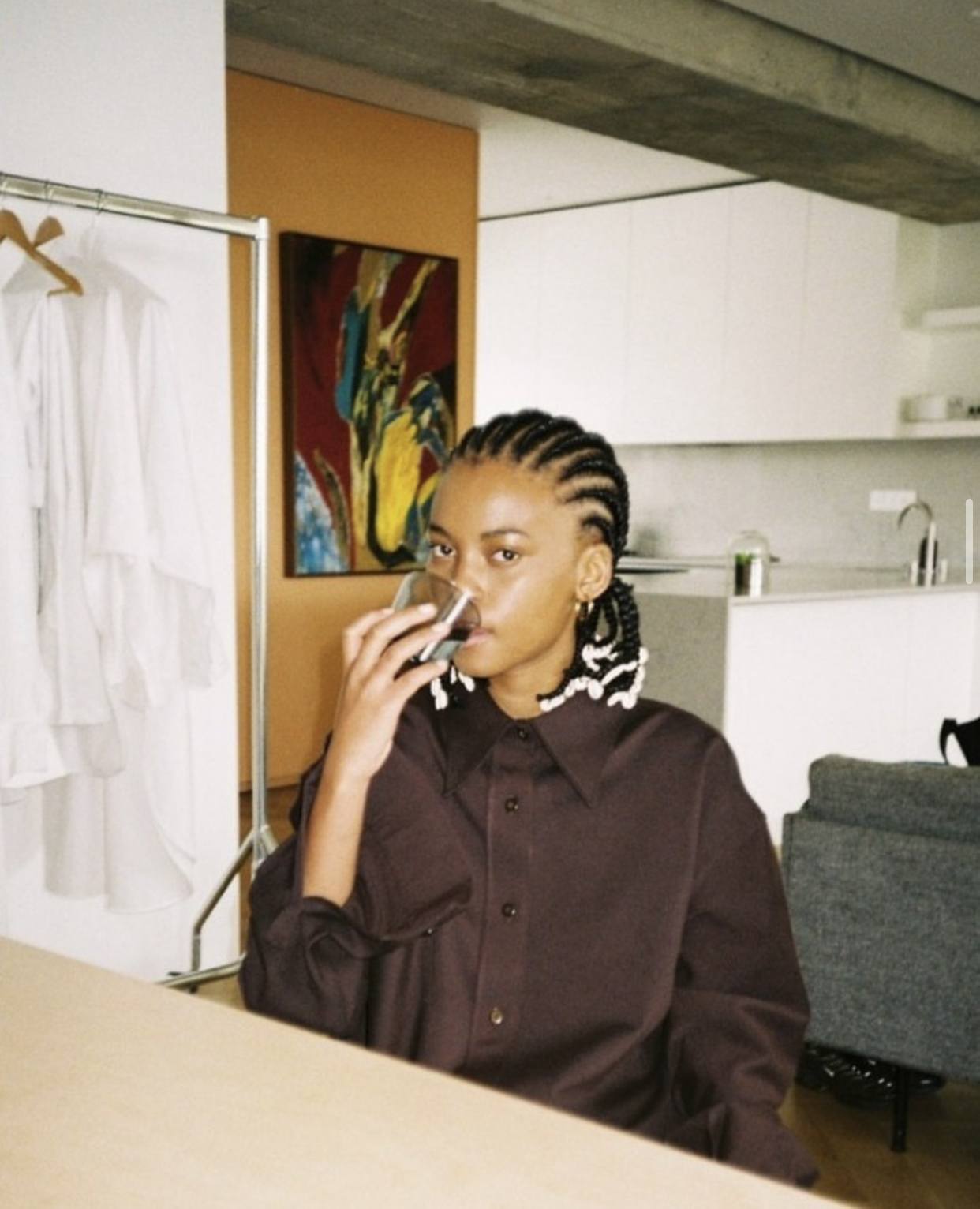

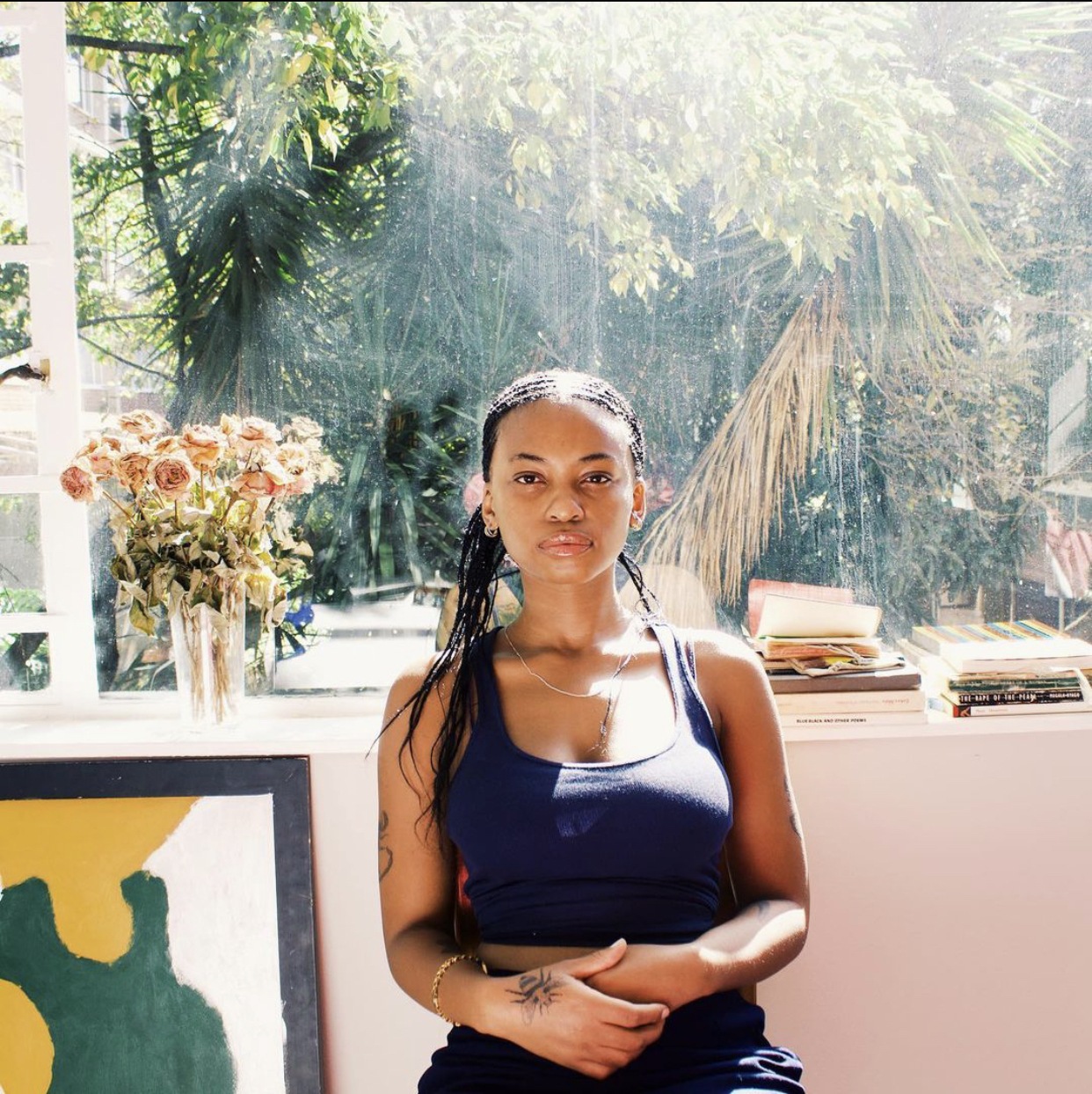
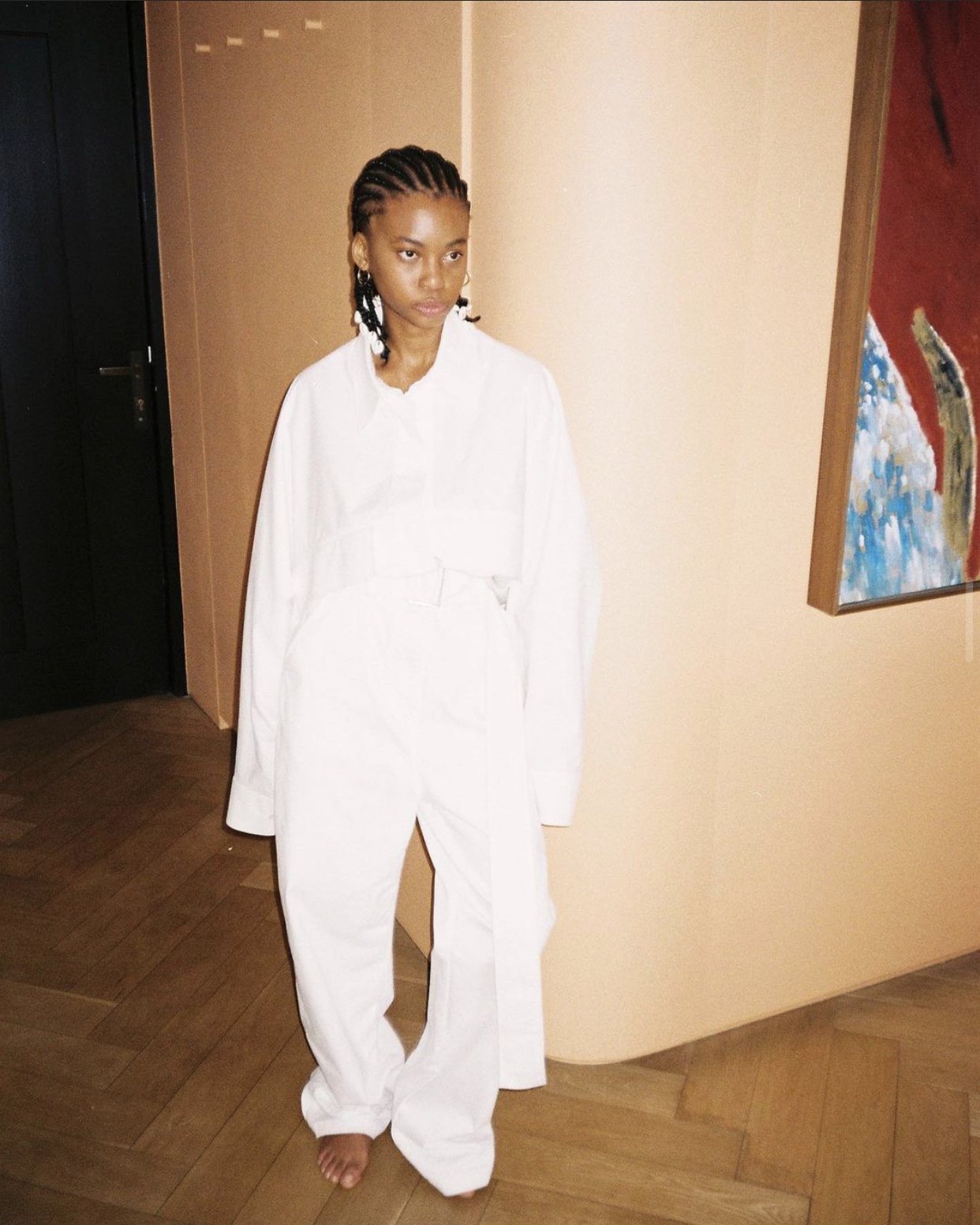



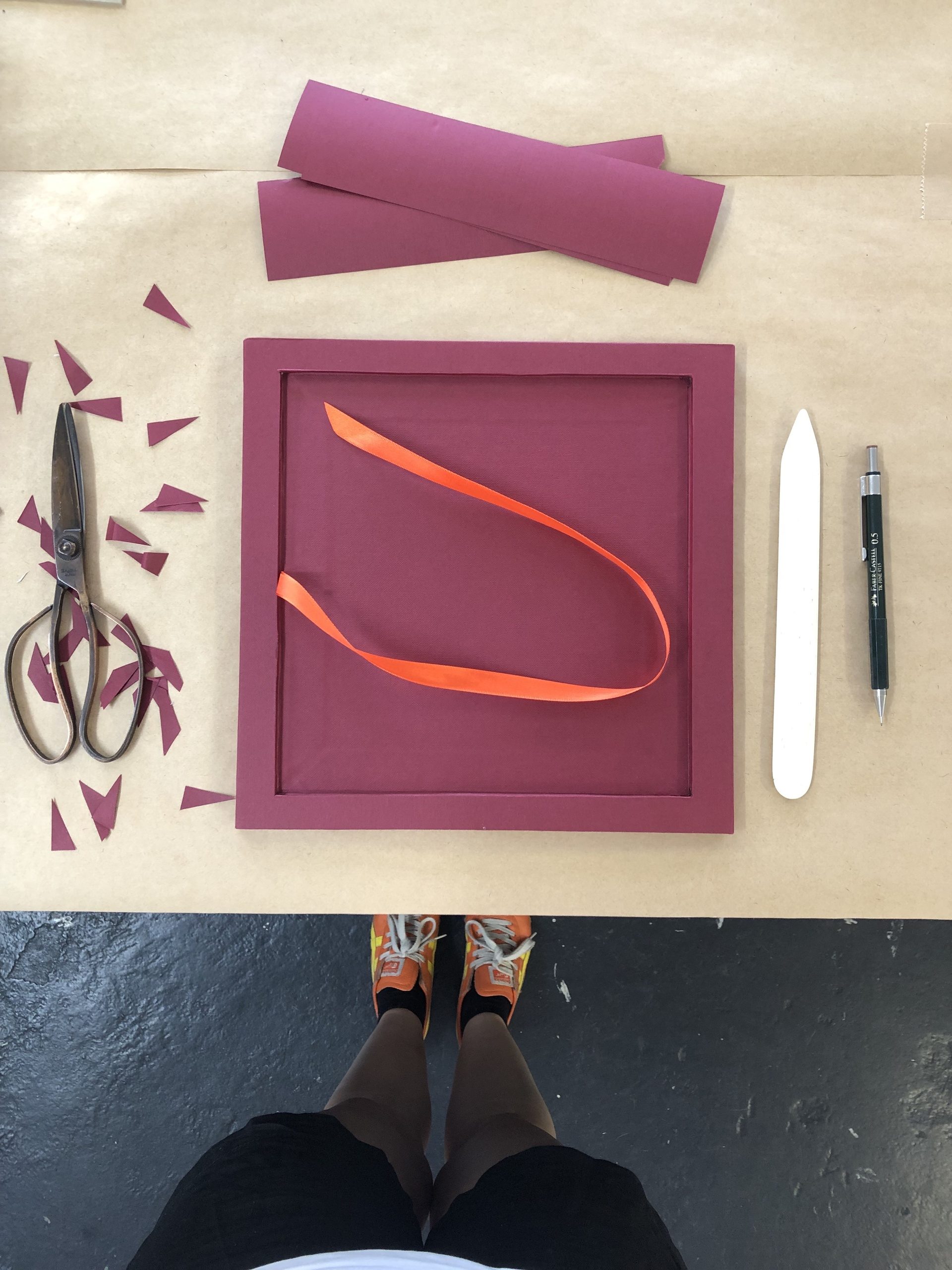
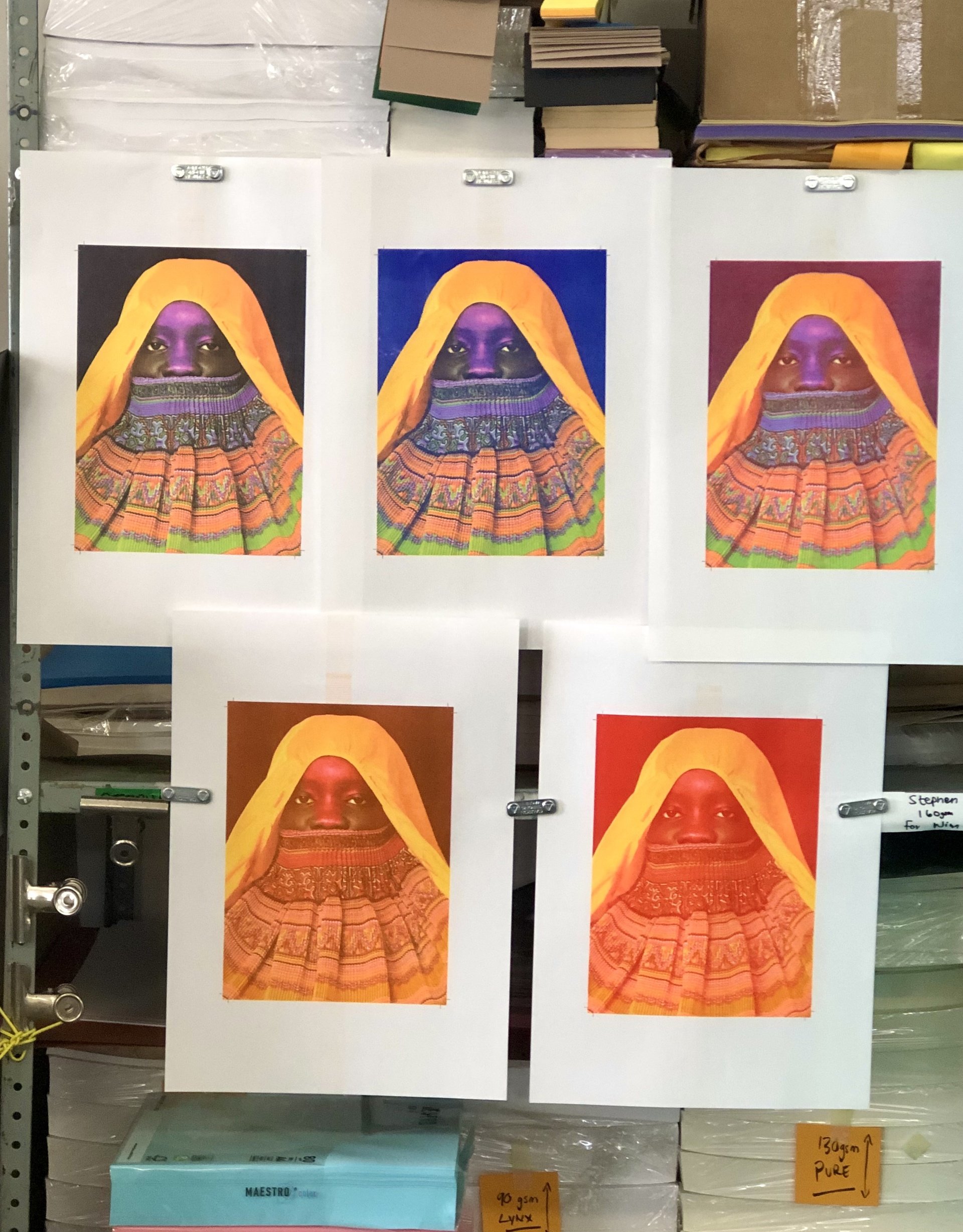
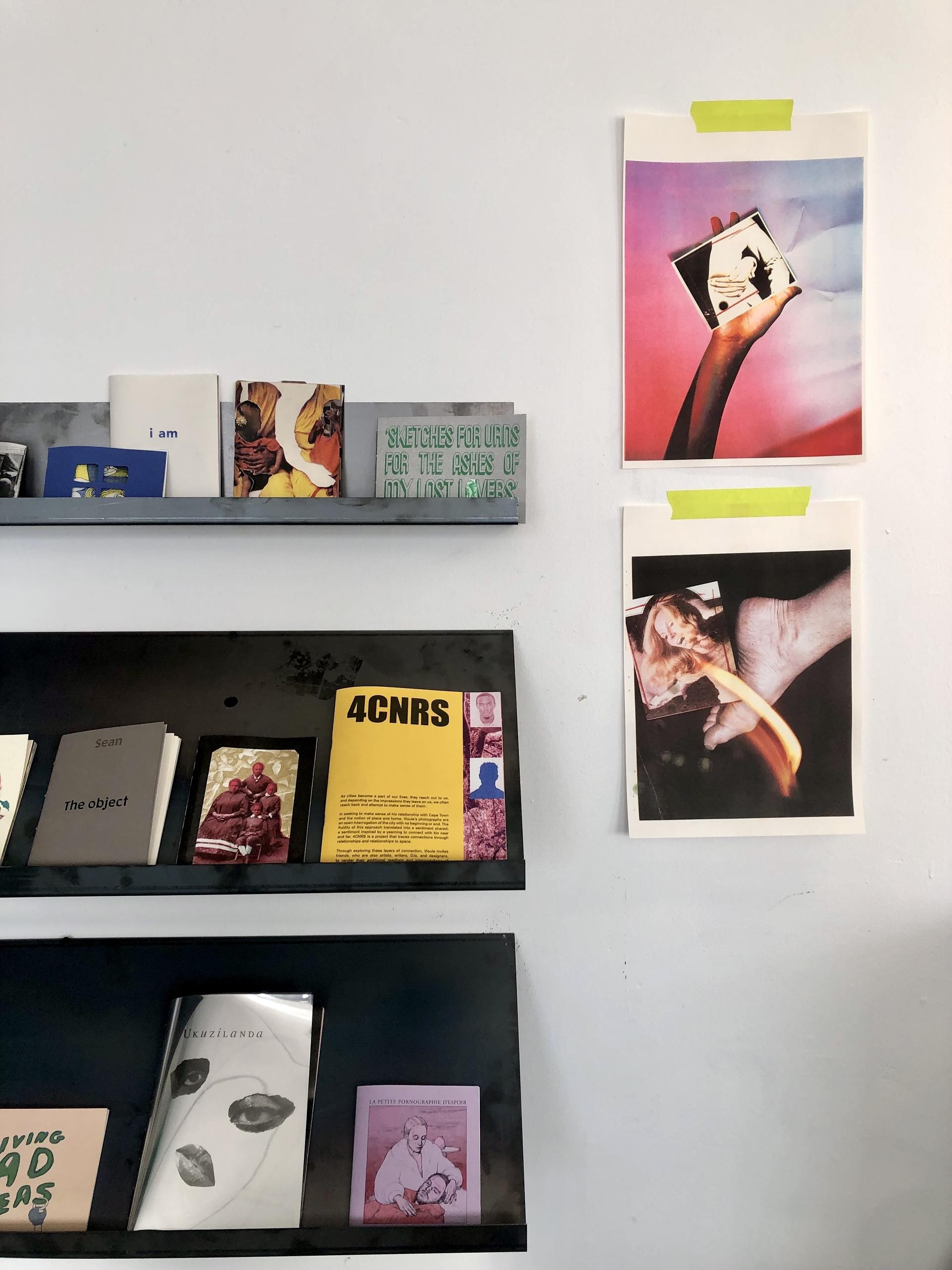
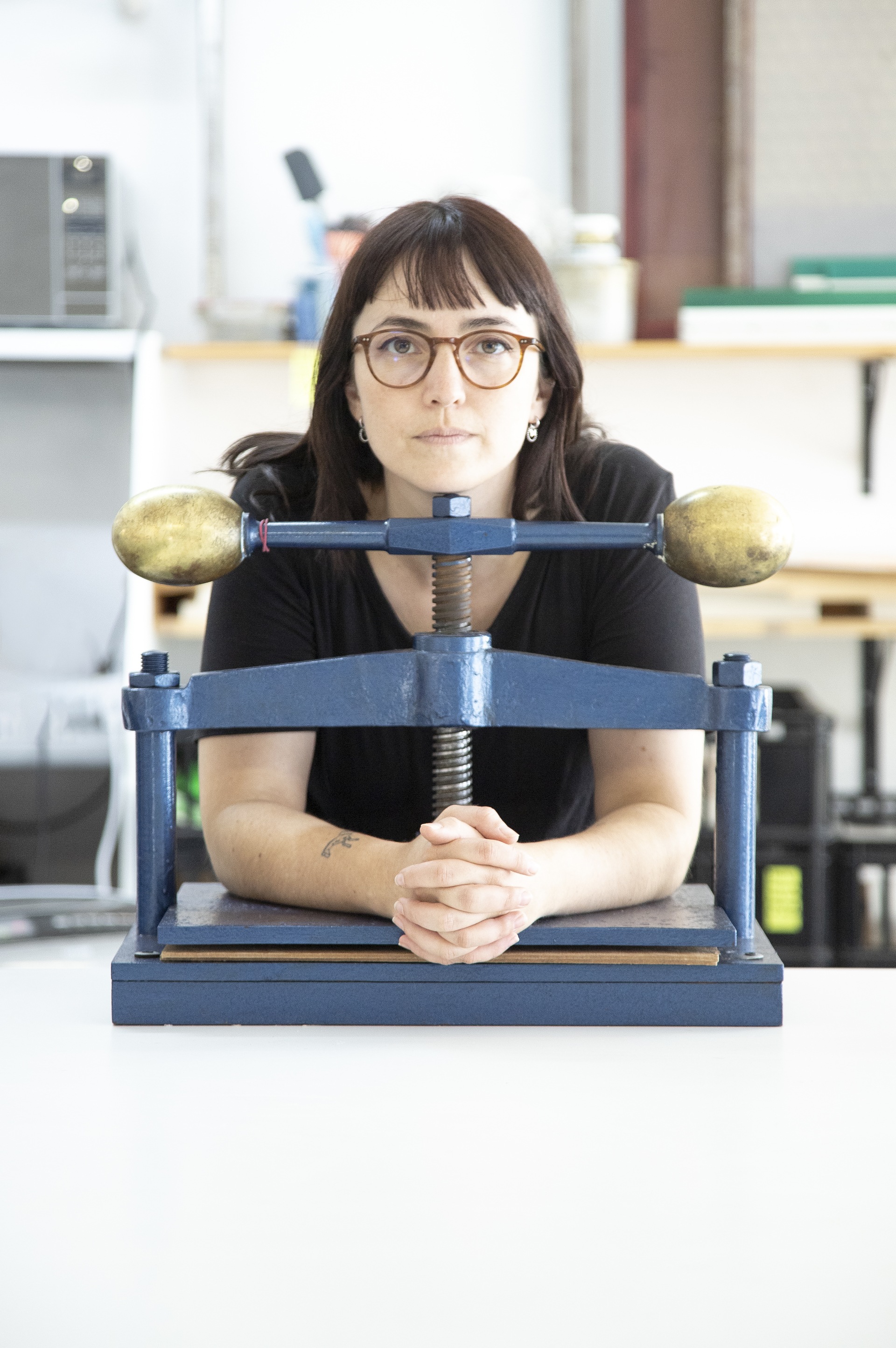
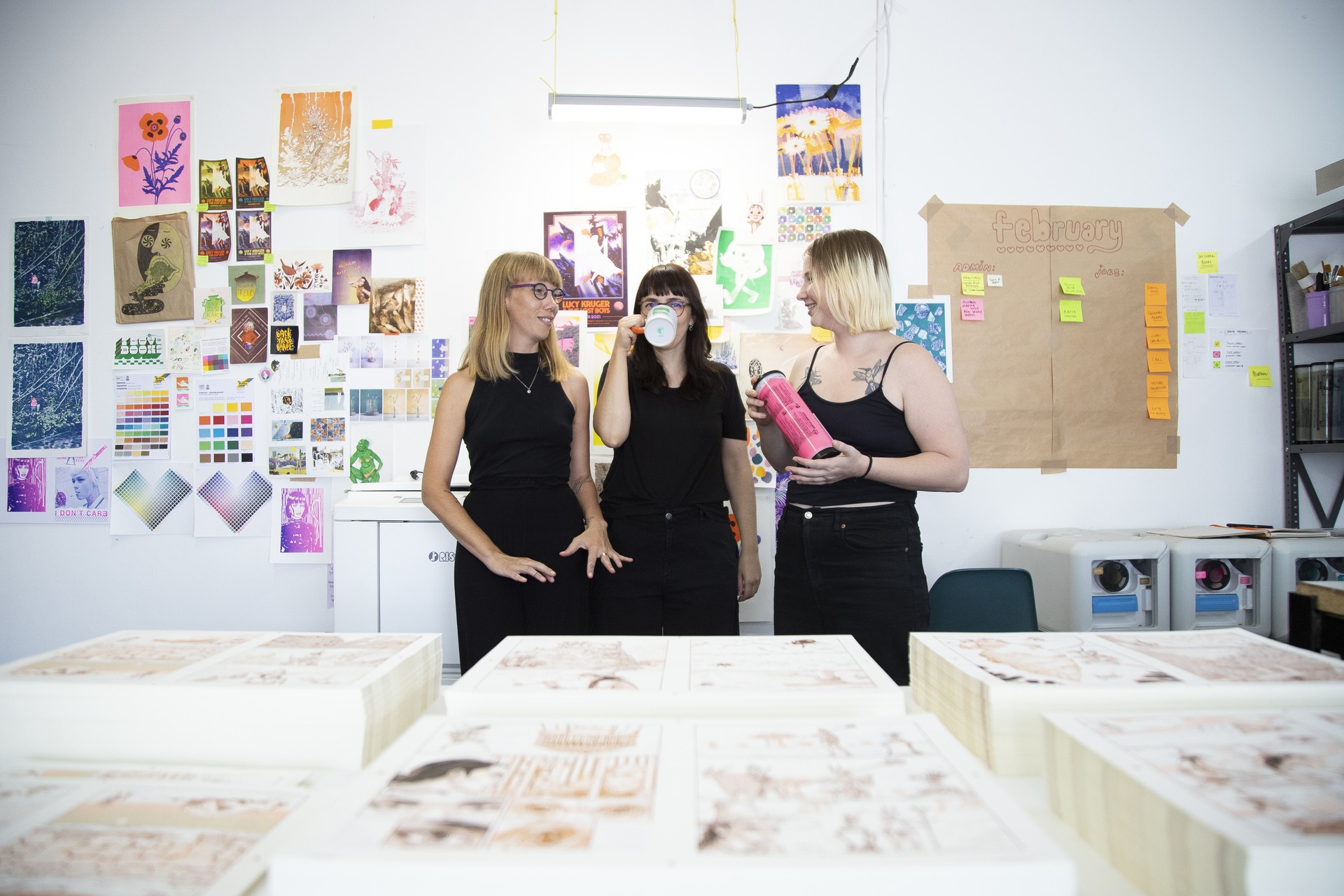



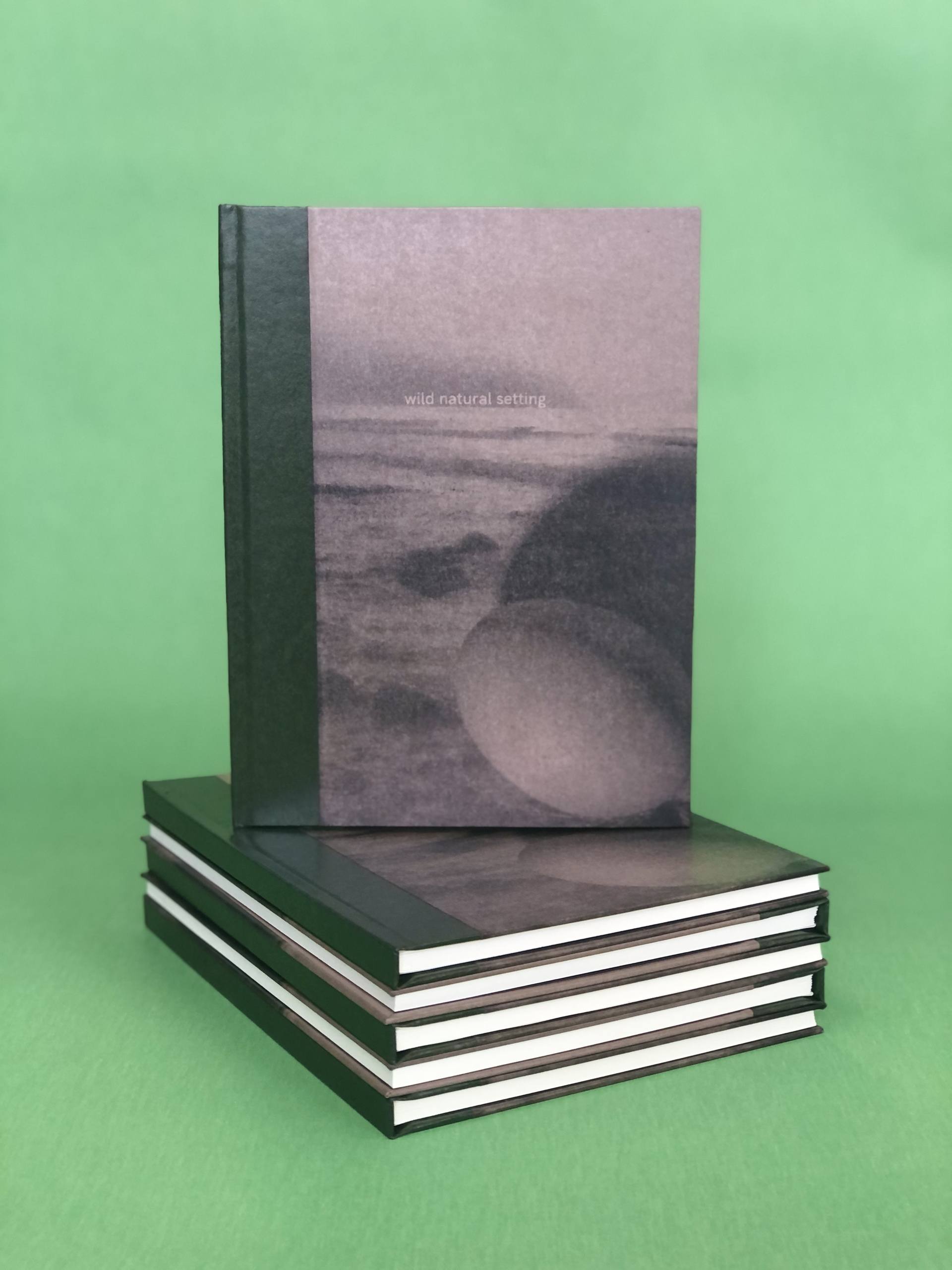
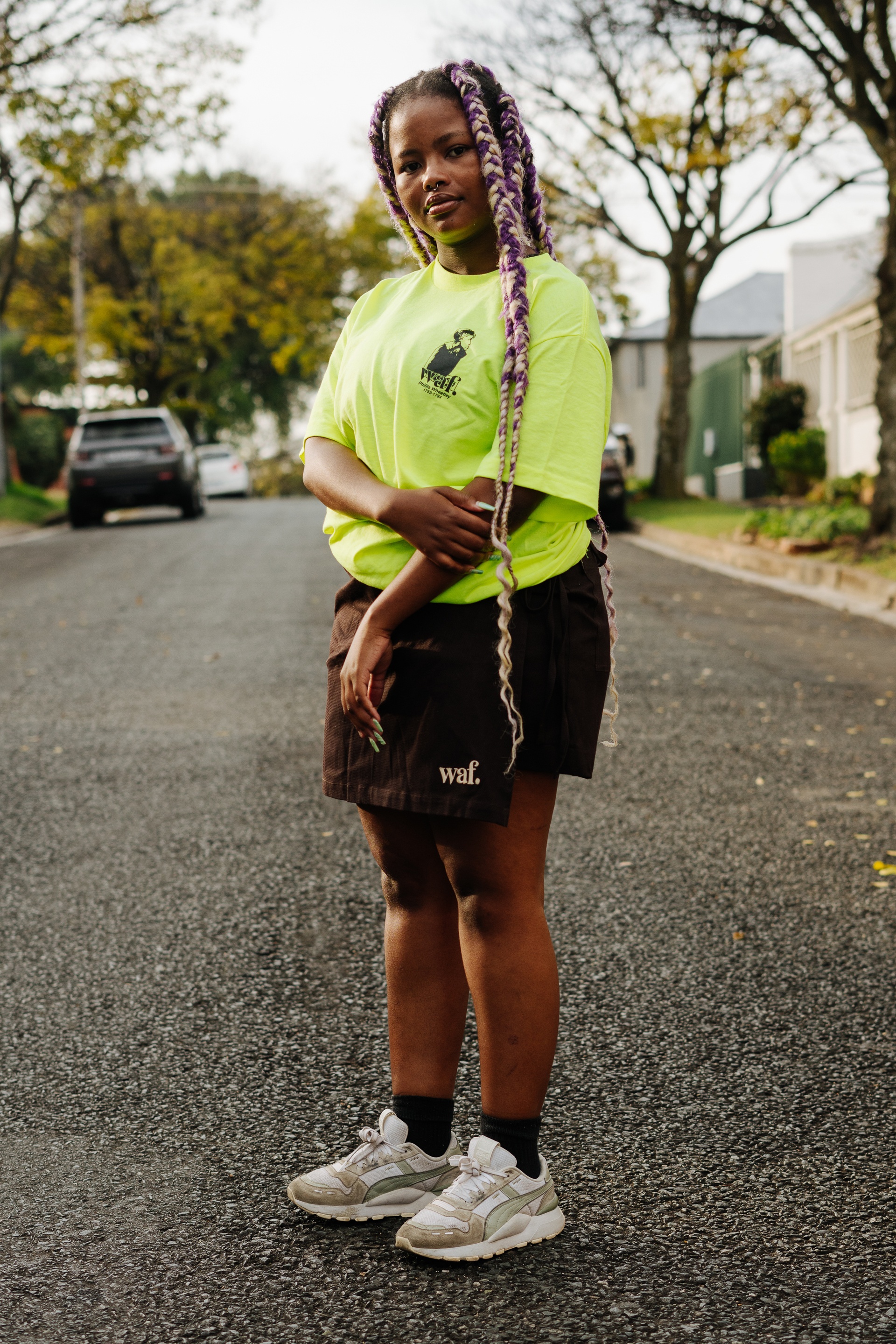

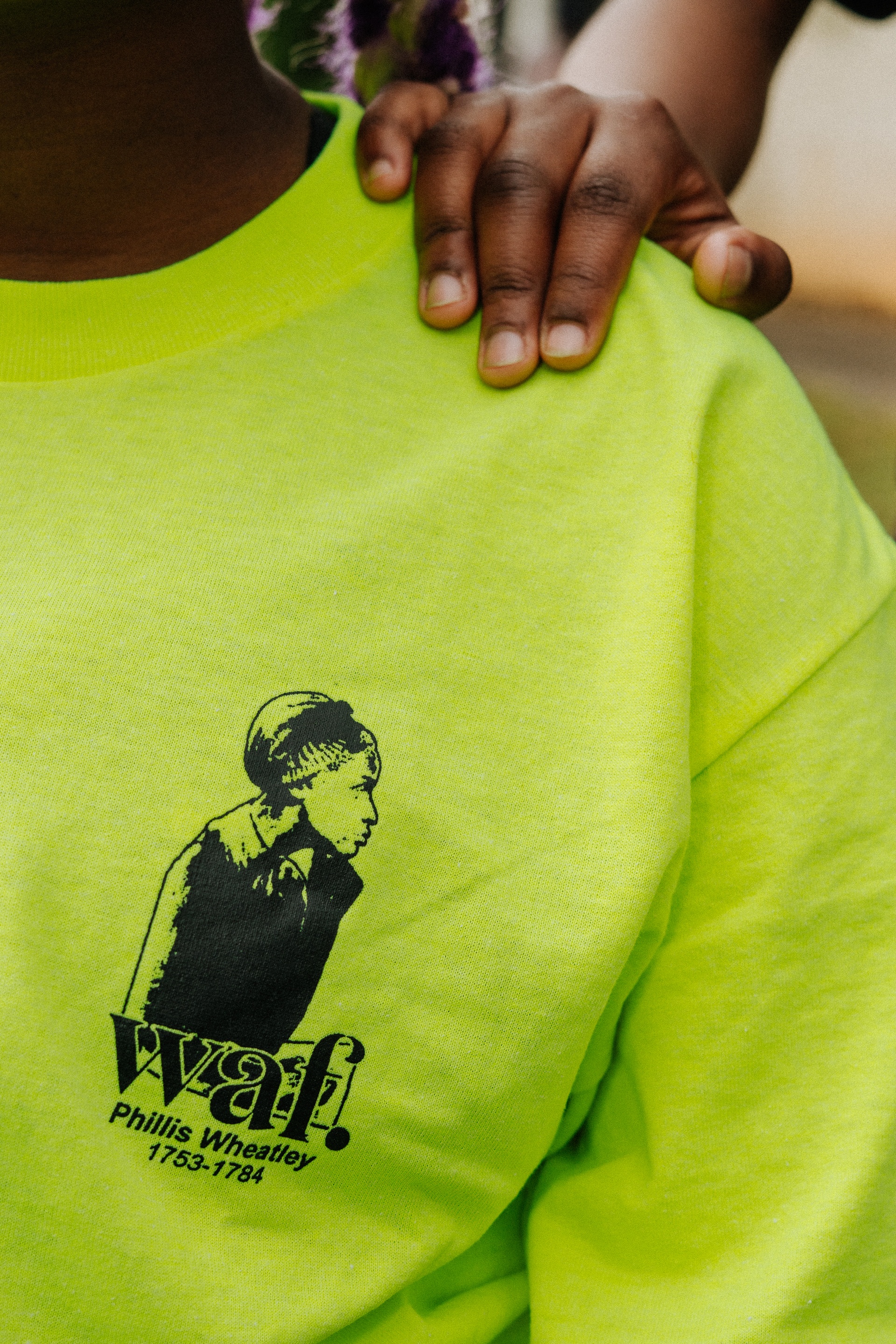


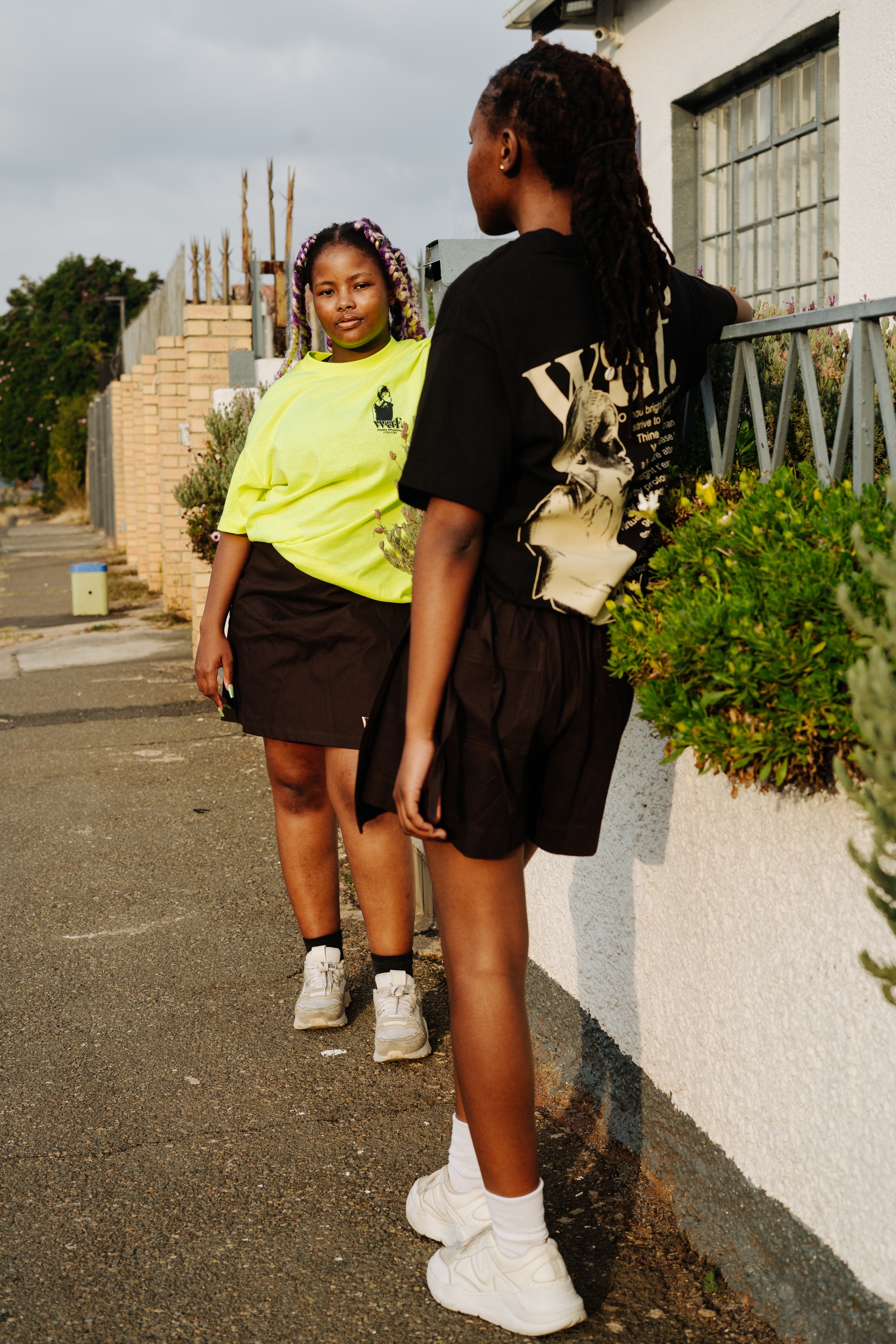
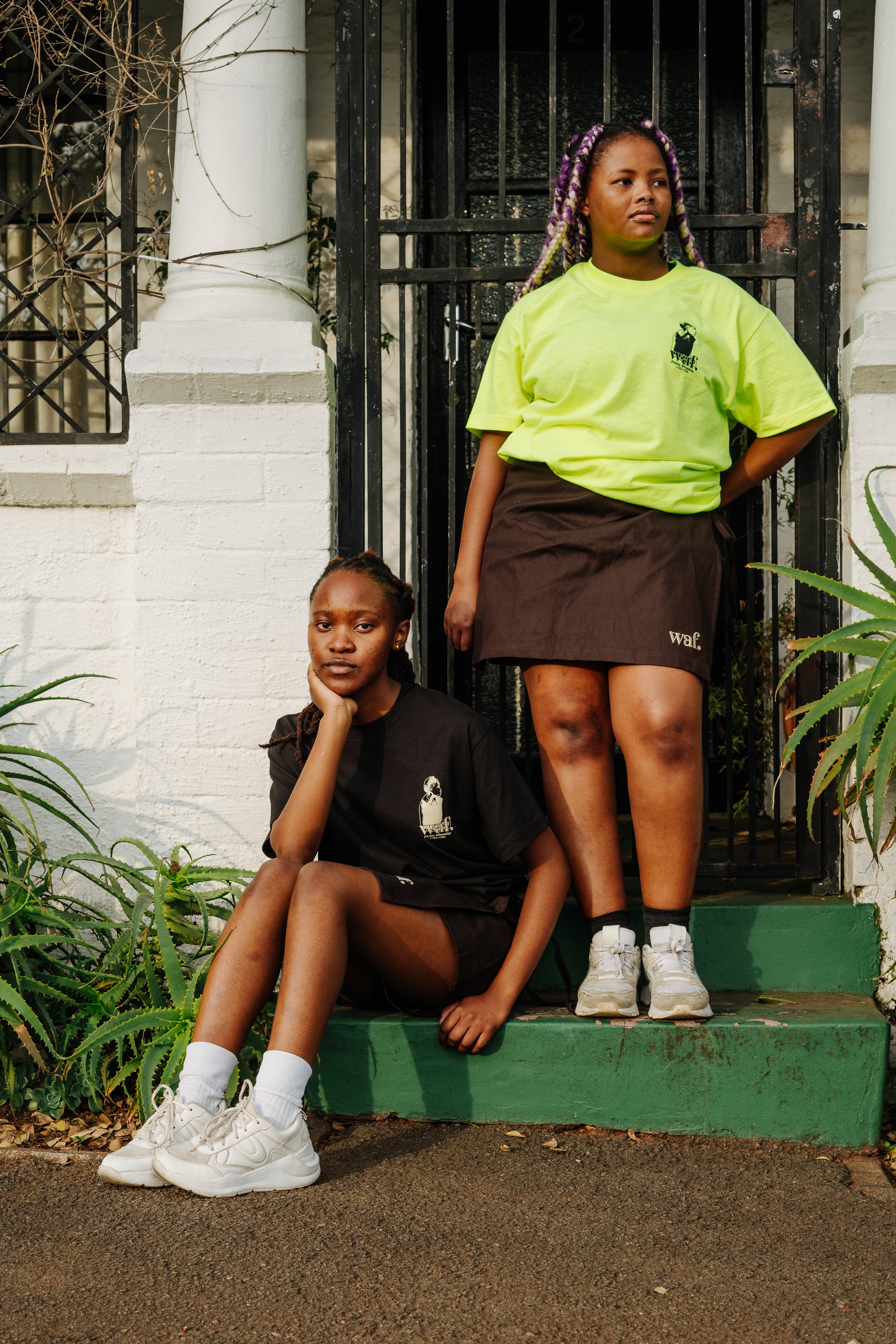
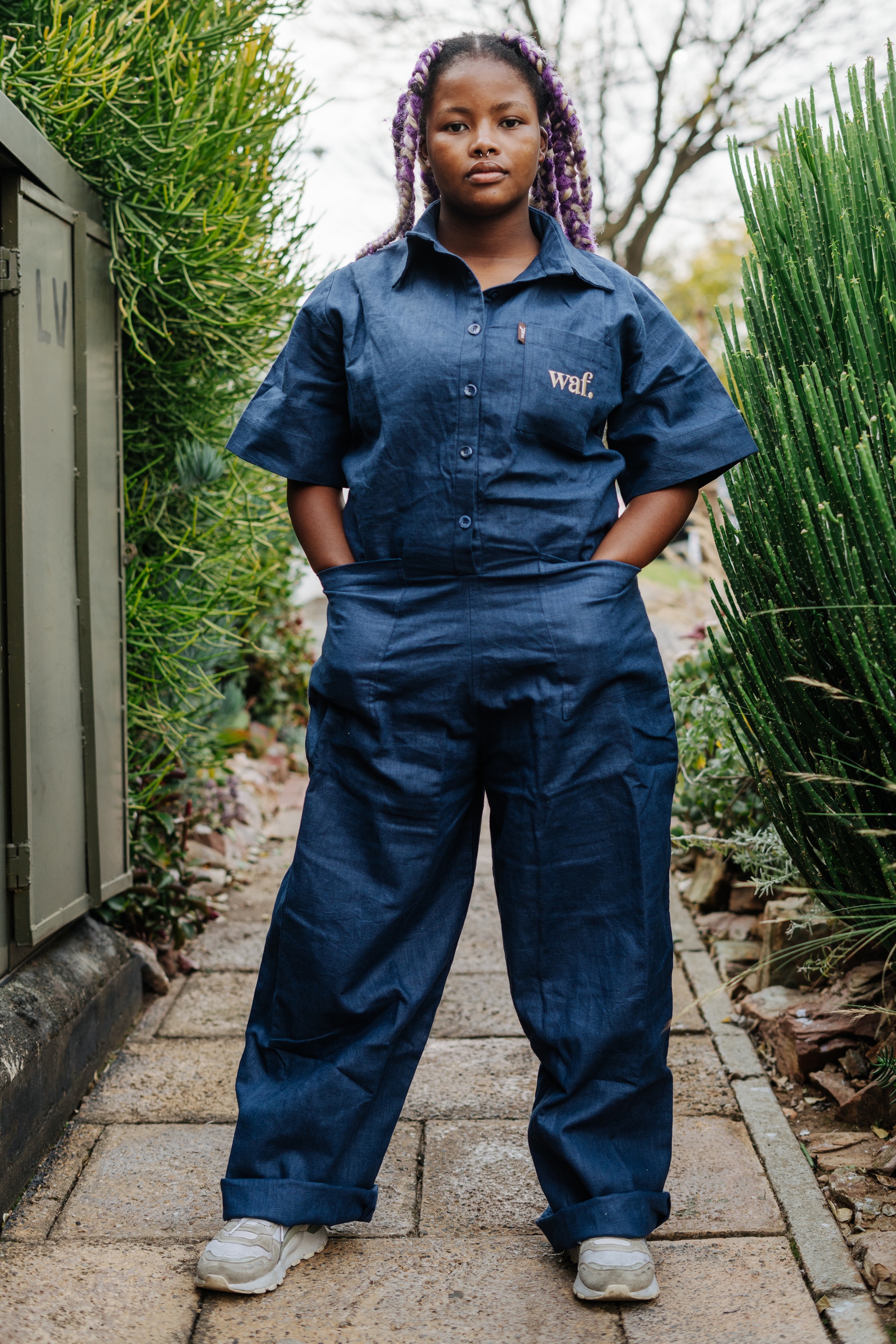
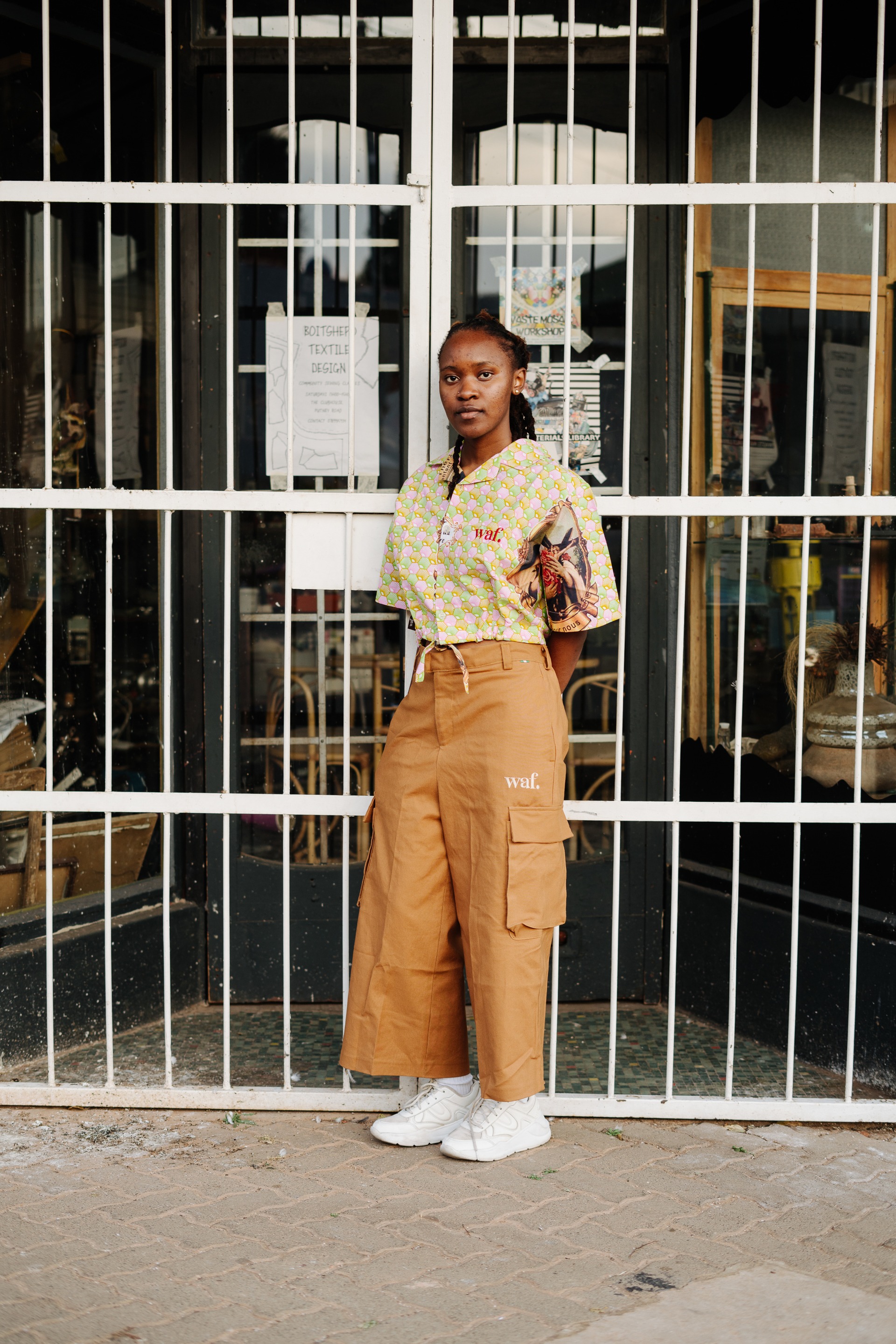


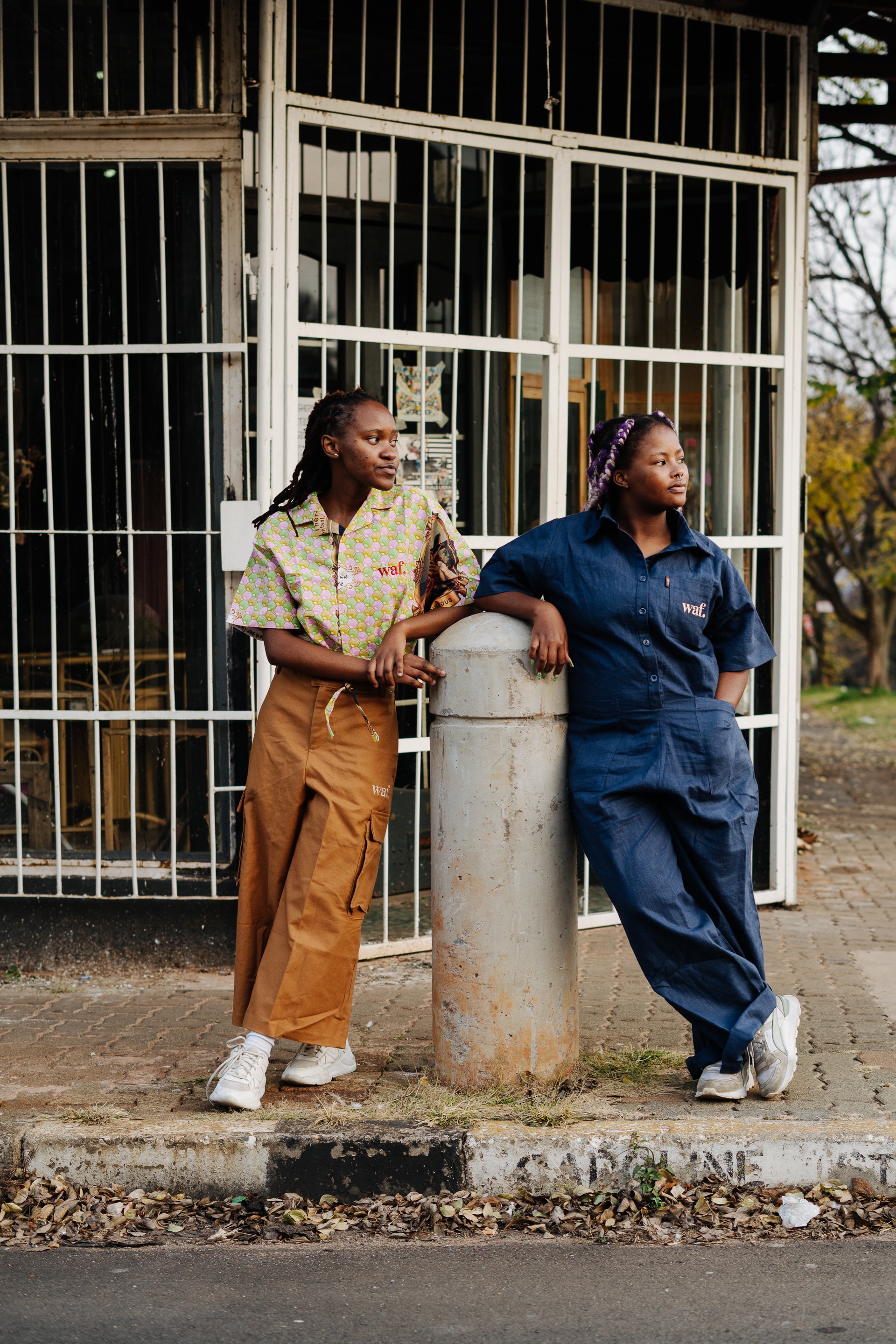
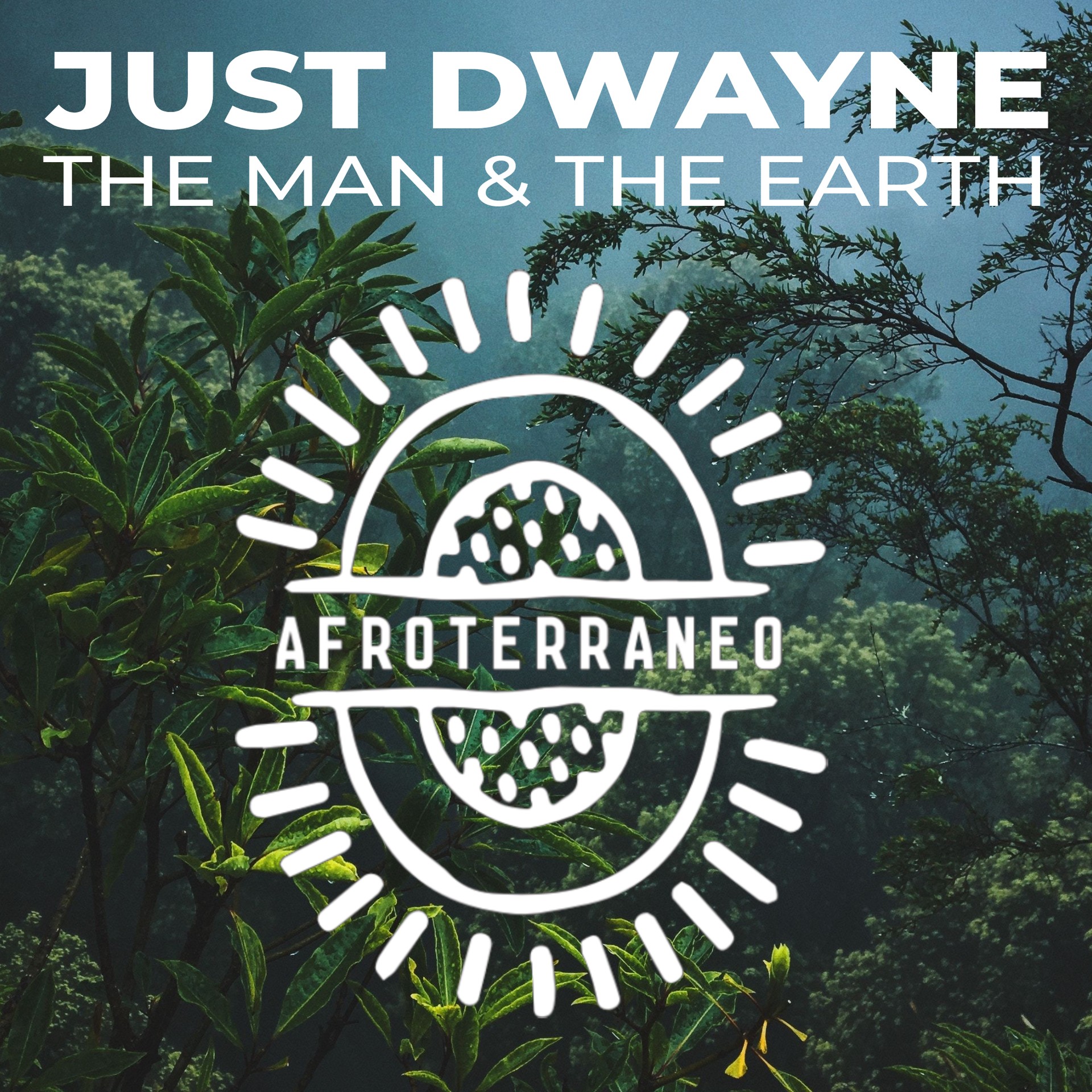



Recent Comments